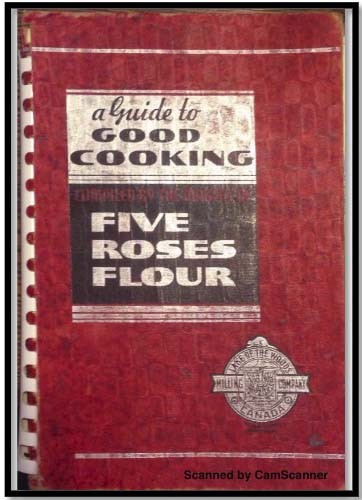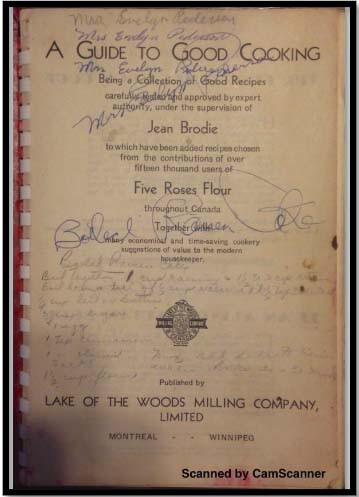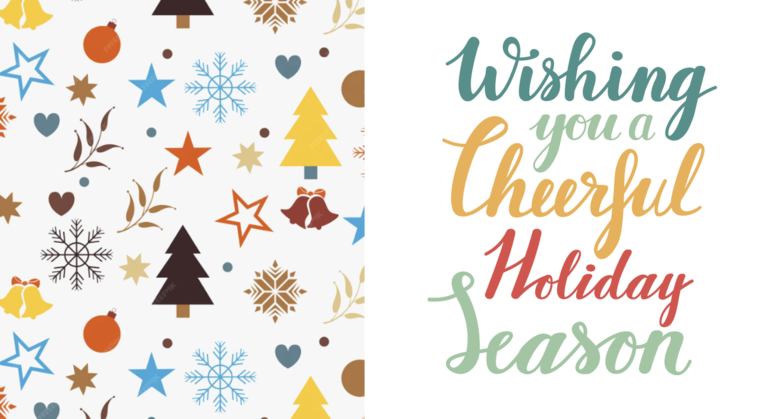Assistant Curator – Wanuskewin Heritage Park
Are you an emerging Indigenous museum professional ready to help share stories that have lived on this land since time immemorial? Wanuskewin Heritage Park invites you to step into a
Food as a Cultural Meeting Place: sharing your Intangible Cultural Heritage
Most people enjoy food. Everyone certainly requires it. Whether shopping for the perfect ingredients, sifting through well-worn recipe cards and cookbooks, or trying something new altogether, the preparation is often given as much attention as the eating. There is a rich culture surrounding food, and it has the power to communicate many things that can get lost in other modes of communication.
Think about your museum, for example. Do you have any settler food equipment on display? Perhaps a butter churner, or a wood stove? What about agricultural or hunting equipment? Most of the museums in Saskatchewan have tangible evidence of the culinary traditions of our early settler communities. Although most of us do not use antique equipment to prepare meals, the cultural heritage is often still present in the food we prepare and consume.
Food can be a great tool for getting to know other cultures, sharing our own, bridging gaps in our communities, and creating new relationships and understanding. Food and the rituals and traditions that surround it are an important part of our intangible cultural heritage (ICH). This heritage is sometimes shared on a community level, especially in communities where the people who have lived there for several generations share a background. This is not often the case anymore in Saskatchewan though, and sharing and understanding our traditions can help us to understand each other’s diversity and to form supportive and culturally-rich museum communities.
For example, the descendants of western settlers have adopted some very strong food traditions, such as Christmas turkey, pumpkin pie at Thanksgiving, and fall suppers. While most of our museums tend to reflect the settlers of our communities, there are many other groups of people who are not represented within museums, and perhaps therefore not as engaged. The indigenous communities of Saskatchewan are often underrepresented in museums, as are settlers from non-European countries. People are less likely to visit museums if they do not see themselves represented. One way to begin to make your museum a cultural community hub is to make it welcoming to everyone. Hosting cultural events and inviting groups from your communities who do not often engage with your museum is a great start. Host an evening of global flavours and invite people from your community to a potluck where you can demonstrate and discuss some of the ways settlers survived when they first arrived, share your own food, taste others, share recipes, listen to music, and have good conversation. This may be a way you can bridge a gap between history and now for European settlers, Indigenous people, non-European settlers, and New Canadians.
This kind of community event opens the door for cultural curiosity and understanding. When you have shared a meal with someone from a different culture than yours, they are no longer “other” – they have a name, they are your neighbour, and maybe they make fantastic falafel! Once you know someone and have shared a meal with them, the food they eat or the clothes they wear becomes something that integrates them into your community, rather than separates them.
This may sound like a simplified solution, but it is much easier to accept someone into your community when you get to know them and are likewise invited to share in their traditions. This has happened in Saskatchewan before. Think about perogies. They used to be a completely foreign food to many settlers in Saskatchewan who were unfamiliar with Ukrainian culture. Now, you don’t have to be Ukrainian to eat them, and they are a flavor loved by many. This is just one example, but if we consider how far we have come, it makes sense to use food as a tool to move forward towards understanding.
Potlucks and cultural nights are a cost-effective and accessible place to start. From there, you could move on to cooking classes, dance classes, community gardens, canning and preserving, etc. Although it may be difficult to picture yourself as the source for this kind of community engagement (you are a museum that houses things and stories), the faces of your communities are changing, and museums have a wonderful opportunity to present and share the stories of all of the people of their communities.
Museums are not just for things, they are a housing place for stories, memories, histories, and traditions. If people see themselves in your museum, they are more likely to visit it, value it, and support it, weaving it into the fabric of Saskatchewan’s diverse culture.


Sources:
Alivizatou, Marilena. “Contextualising Intangible Cultural Heritage in Heritage Studies and Museology,” International Journal of Intangible Heritage. Vol. 3, 2008.
Di Giovine, Michael A., and Ronda L. Brulotte. Edible Identities: Food As Cultural Heritage. Ashgate Publishing Group, 2014.
“Intangible Cultural Heritage.” Browse the Lists of and the Register of Best Safeguarding Practices. Accessed August 17, 2016. http://www.unesco.org/culture/ich/en/lists.
Smith, Laurajane. Uses of Heritage. London: Routledge, 2006.
“Teaching World War One History through Food.” Teaching World War One History through Food. Accessed August 17, 2016. https://www.historians.org/teaching-and-learning/classroom-content/teaching-wwi-history-through-food.
Are you an emerging Indigenous museum professional ready to help share stories that have lived on this land since time immemorial? Wanuskewin Heritage Park invites you to step into a

Usual office hours will resume on January 5th, 2026

Just a reminder that the Final Report for the Museum Improvement Micro Grant for Community Museums is due December 5th! Your final report will require you to provide a brief